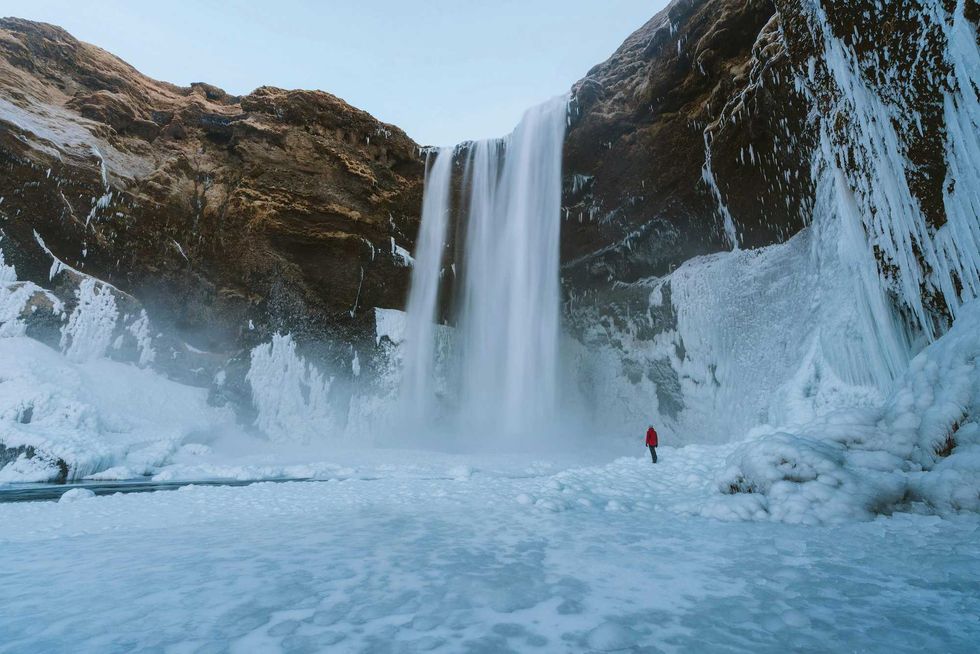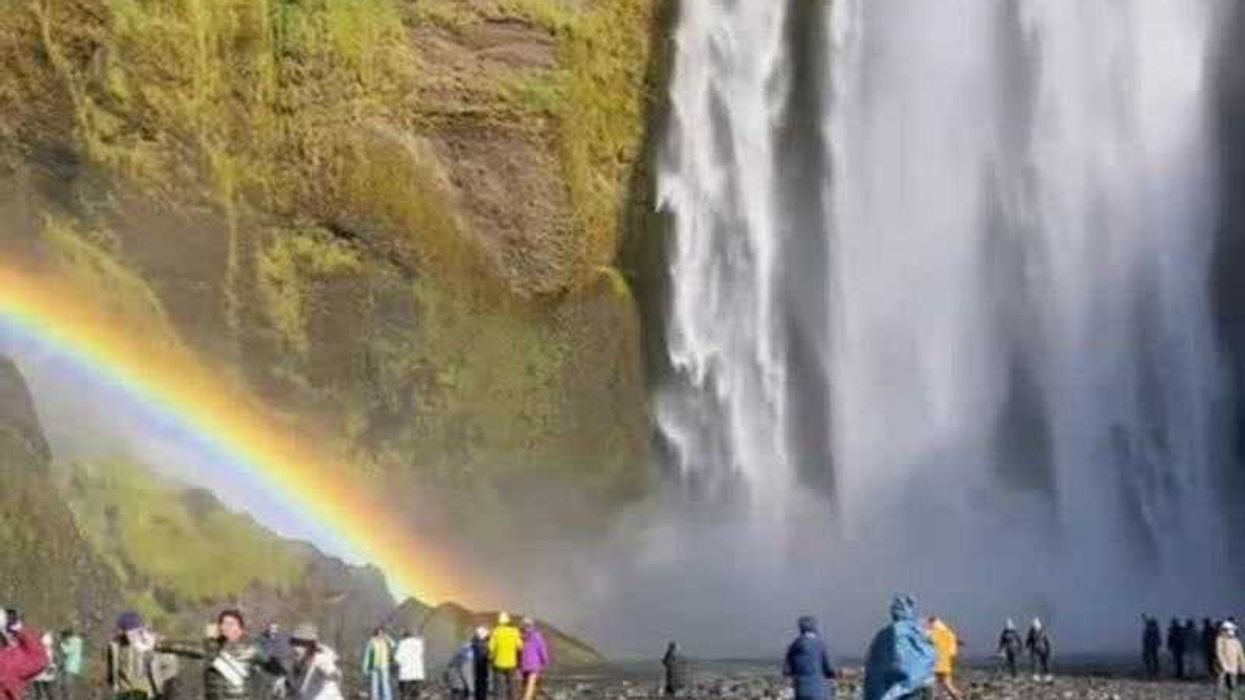Science & Tech
Exploring Icelandic Waterfalls Glaciers and Black Sand Beaches on a Weekend Adventure
BVIRAL / VideoElephant
New evidence has been discovered that Norse people may have lived in Iceland almost 70 years after the widely accepted date.
In addition, it seems their move to the country may not have had the negative environmental impact, which similarly challenges the long-held narrative.
According to the history books, it was around the 870s when people first settled in Iceland - a move that saw Viking raiders or Norse settlers use the forests as their resource.
As a result, forests cover just 2 per cent of the country, as it was used for fuel, building material and also cleared to make way for fields to farm and live on, as per New Scientist.
Longhouse find
An ancient wooden longhouse near the fjord of Stöðvarfjörður in the east of Iceland was found by archaeologists who dated it to around 874 AD.
But an older longhouse was found below that researchers believe was a summer settlement (so not permanent) was built in the 800s - seven decades before it is believed people settled in Iceland.
However, this detail has not been reported in a scientific paper.
What sediment layers tell us
Two sediment cores from Lake Tjörnin in central Reykjavík, one of Iceland’s earliest and longest-occupied settlements, were drilled and extracted by Eske Willerslev at the University of Copenhagen, Denmark, and his colleagues to analyse the environmental DNA (eDNA) to find out which species were around during this period.
Through this radiocarbon dating and plutonium isotope analysis, researchers were able to examine the layers of volcanic ash and establish a timeline from 200 AD to the present day, and track this against historical events.
In particular, the Landnám tephra layer, which comprises of ash and fragments left over from a volcanic eruption in about 877 AD and most evidence of human habitation in Iceland sits above this layer.
However, Willerslev and his colleagues are proposing that people actually arrived 810 - 70 AD years earlier, as they saw a rise in the levoglucosan compound.
The presence of levoglucosan is considered to be a sign of biomass burning, along with viruses linked to sewage.
But there is scepticism
“If it had been 850, I wouldn’t have been so surprised, but 810 is early for Viking expansion in the North Atlantic,” Chris Callow at the University of Birmingham, UK, who wasn’t involved in the study, told the New Scientist. “Overall, this is a nice confirmation of what we might have suspected, but it’s still quite controversial to have a date as early as 810.
Meanwhile, Kathryn Catlin at Jacksonville State University in Alabama told the same publication that "evidence for such an early date isn’t conclusive."
“When it comes to sewage biomarkers, there is a little bump around 800 and then nothing until 1900. Where are all the indicators of humans in sewage biomarkers and the intervening time period?” she said, adding that fires can also be caused by "natural sources" like lightning.

Additional findings
In addition, the researchers also found an increase in local biodiversity - but what does this mean?
brought grazing livestock with them, grew hay meadows and practised small-scale barley cultivation for brewing beer.
Furthermore, the notion that settlers caused deforestation has also been challenged by researchers who point to eDNA from pollen that indicates an increase in birch and willow trees during the settlement period.
In fact, between AD 900 and 1200, birch pollen grains increased fivefold, and the team reckons this could be through strategic oversight from settlers to ensure they could access wood for timber and fuel by keeping livestock away from trees.
“This is the nail in the coffin for that old just-so story of the Vikings getting to Iceland and then, suddenly, ‘oh no, the environment is destroyed,” Catlin told the same publication.
It took around seven decades after the initial settlement for a significant amount of livestock to appear, and the researchers reckon that for the animals to be detected in the eDNA, amassing herds together would've taken two decades.
Another theory
Alternatively, Callow proposes that the first people who settled in Iceland didn't bring animals with them because they weren't planning on settling permanently - just for the summer to hunt for walrus ivory.
“They could have been killing a few walruses and then going home again,” he told New Scientist.
As per the eDNA, it wasn't until after 1200 that there was a loss of biodiversity, including birch and willow trees.
Was this down to the settler? The researchers don't seem to think so.
They believe this may have been due to Little Ice Age-related climate cooling. (The Little Ice Age took place from 1250 to 1860, and this time saw colder conditions, along with volcanic eruptions and storm surges.)
Elsewhere from Indy100, A newly found ancient language in Turkey is yielding new discoveries, and The unsolved mystery of Japan's ancient underwater 'pyramid'.
How to join the indy100's free WhatsApp channel
Sign up to our free indy100 weekly newsletter
Have your say in our news democracy. Click the upvote icon at the top of the page to help raise this article through the indy100 rankings.
Top 100
The Conversation (0)














